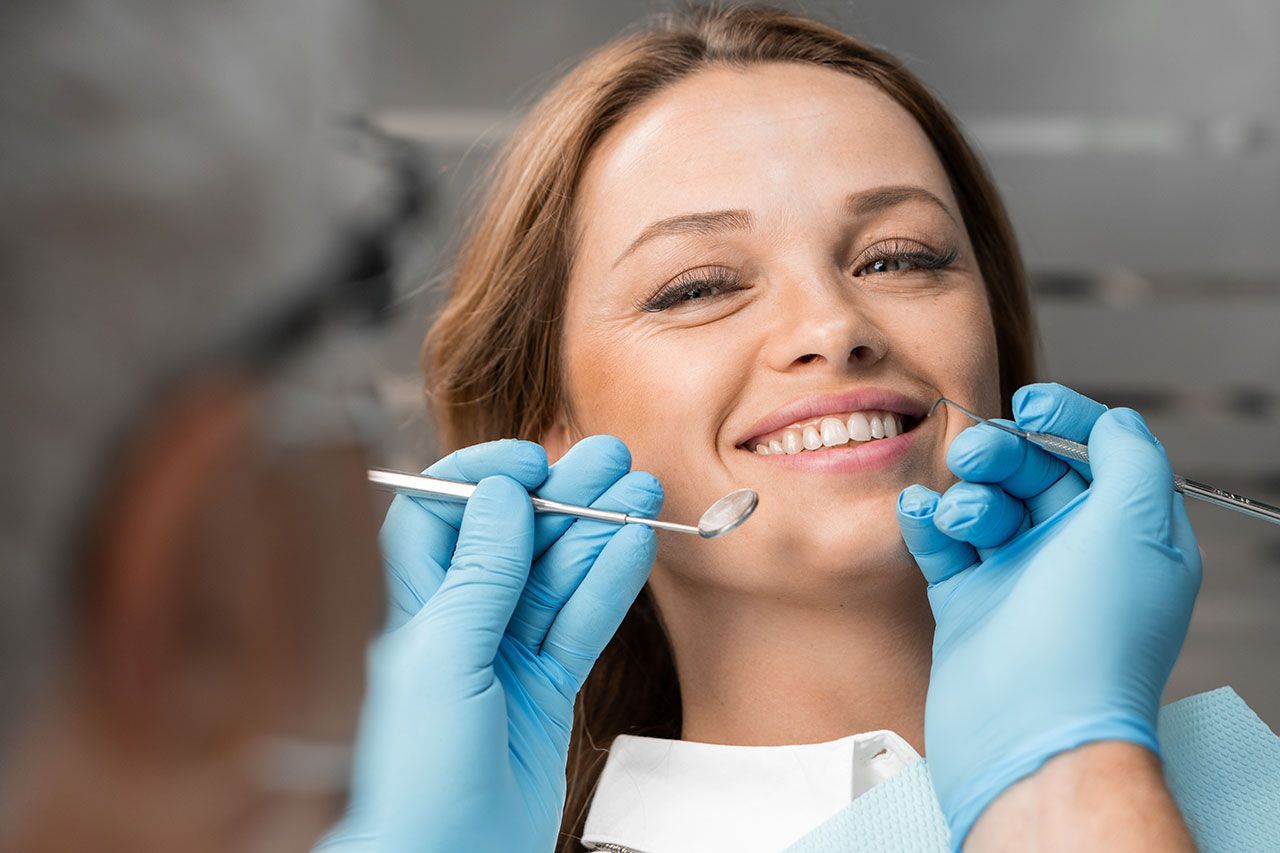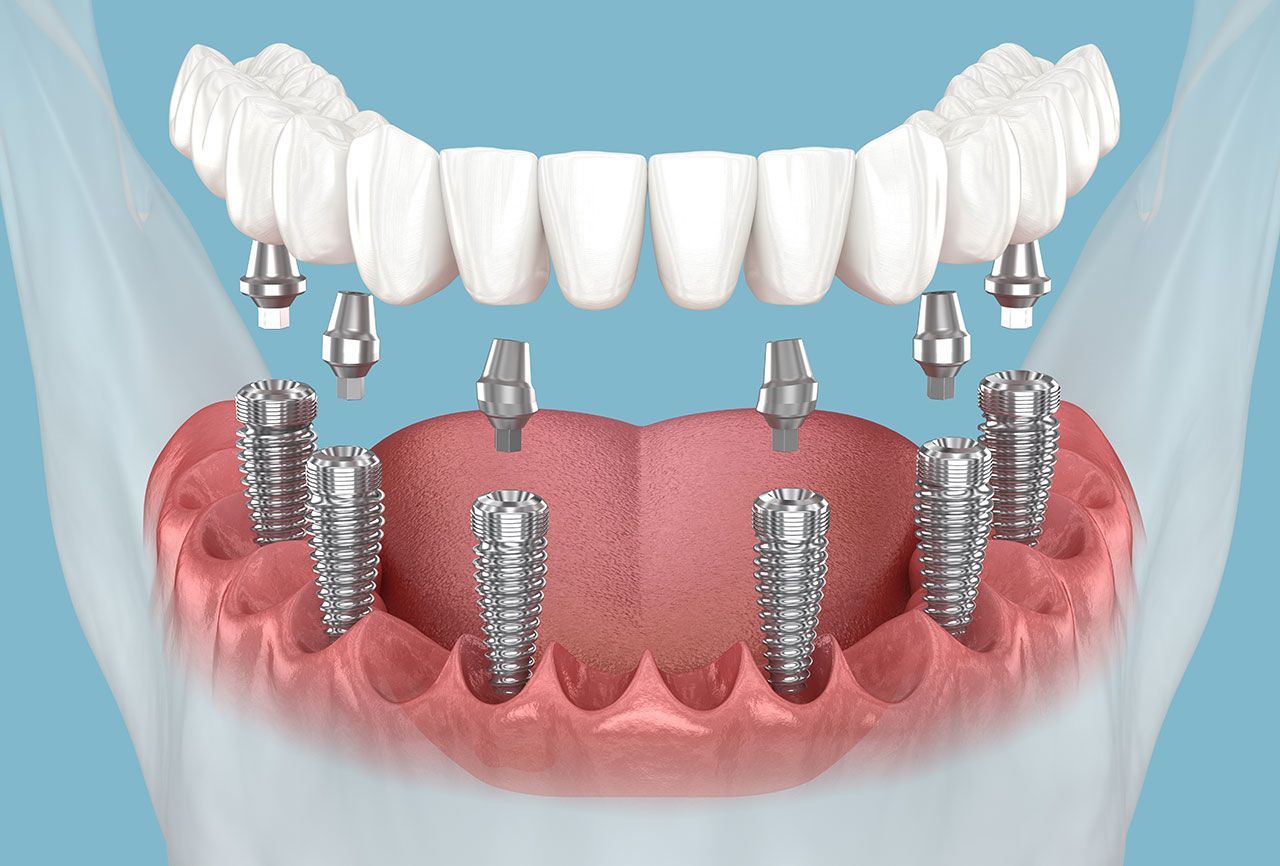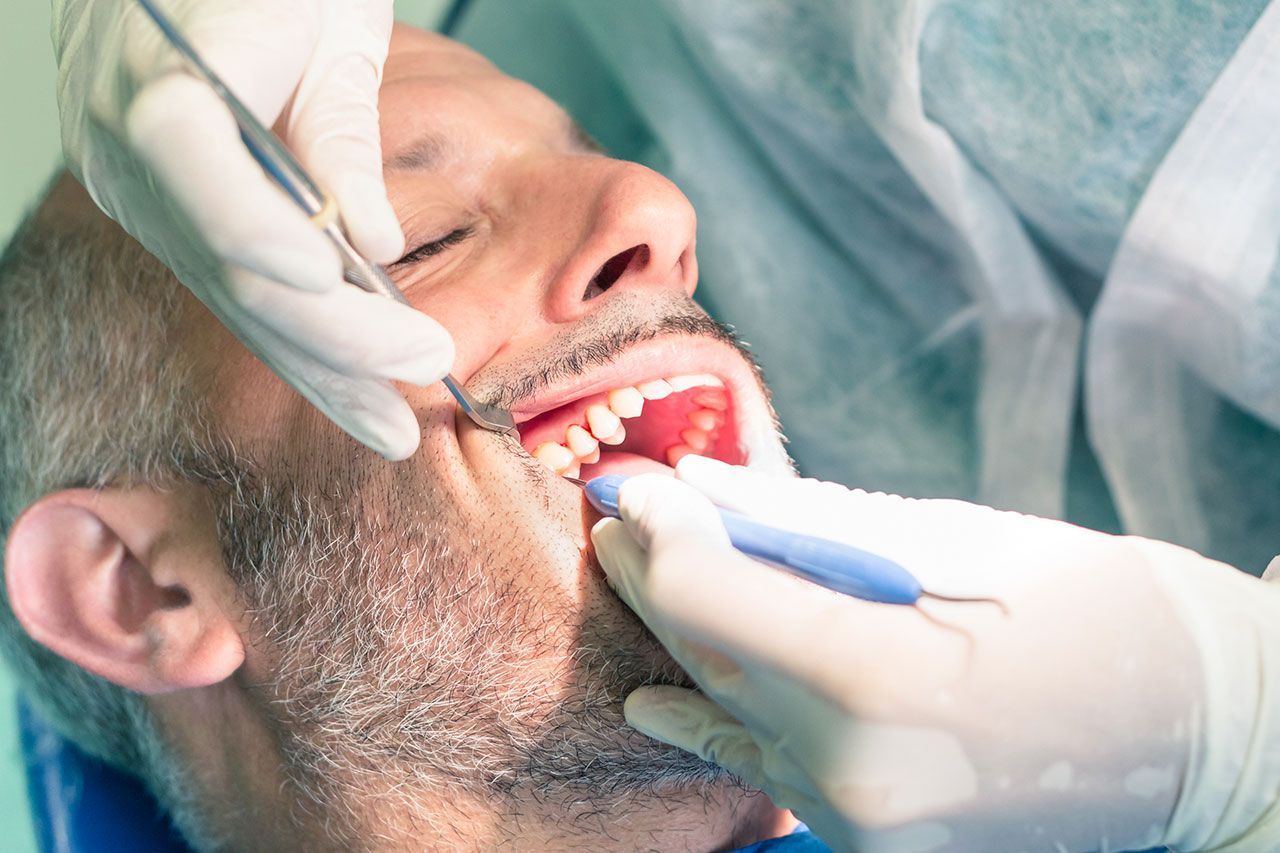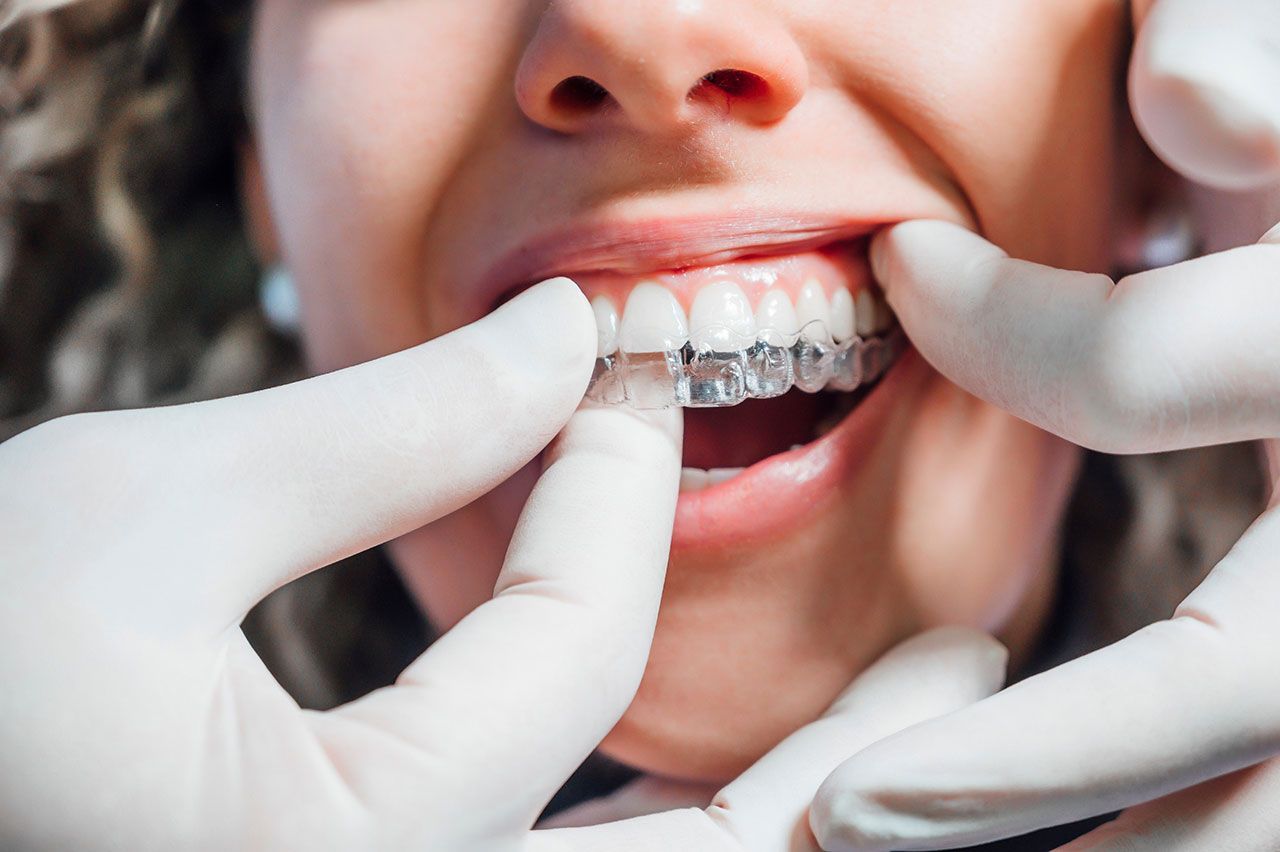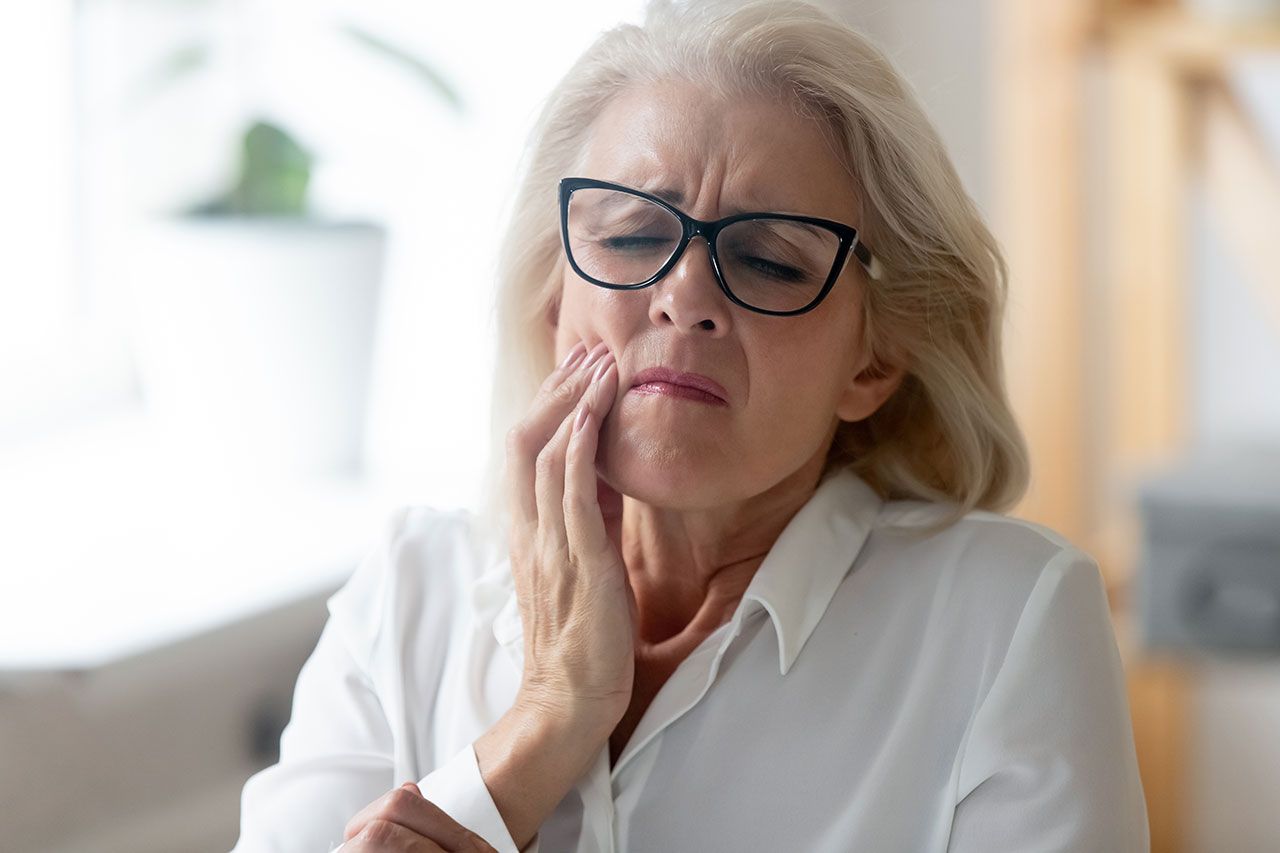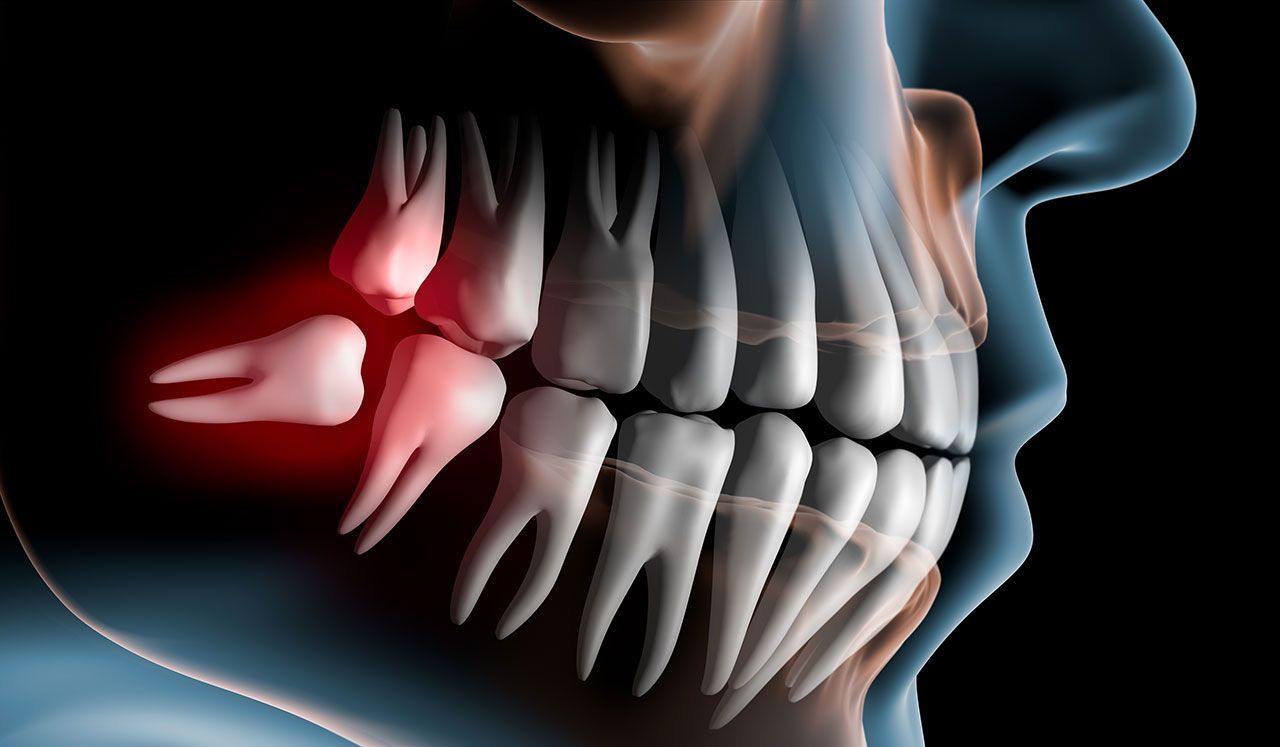What to Do When Your Child Has a Toothache: Important Tips
Seeing your child in pain from a toothache can be distressing. A toothache not only disrupts their daily activities but can also signal underlying dental problems. Knowing how to handle a toothache quickly and effectively can make a big difference in your child's comfort and oral health.
Toothaches in children can happen for various reasons, from cavities to new teeth coming in. These can lead to discomfort and sometimes more serious issues if not addressed promptly. Understanding the cause is the first step in providing relief and ensuring your child's dental health is on the right track.
Taking swift action by identifying symptoms and applying appropriate remedies is essential. While some issues may resolve with simple home care, others might require professional attention. This guide will help you navigate the steps you need to take when your child experiences a toothache, ensuring they receive the care they need to maintain a healthy and pain-free smile.
Identifying the Cause of the Toothache
Understanding why your child has a toothache is the first step toward relief and treatment. Several common causes might be responsible for their discomfort. Cavities are a major culprit, often resulting from poor brushing habits or a diet high in sugar. Another reason could be erupting teeth, especially molars, which can cause considerable pain as they push through the gums. Sometimes, toothaches stem from dental trauma, like falling or biting something hard.
To pinpoint symptoms and assess when there's need for concern, take note of your child's complaints. If they describe sharp pain while eating or drinking something cold or hot, it might be a cavity. A constant, throbbing ache often indicates more serious issues, like an infection. Look for visible signs such as swelling or redness around a tooth, which may suggest an abscess.
Engage your child with simple questions to gather more information. Ask about the exact location of the pain, whether it comes and goes, or if it intensifies with certain foods or activities. Knowing these details can help you decide on the best course of action and communicate more effectively with a dentist if needed.
Home Remedies for Immediate Relief
While waiting for professional help, you can provide some relief with home remedies. Start with a gentle rinse of warm salt water to soothe the affected area and reduce inflammation. Another effective solution is a cold compress; applying it to the outside of the cheek can numb the area and reduce swelling.
Consider offering over-the-counter pain relief medication, like children's acetaminophen or ibuprofen, but always follow the dosage instructions on the label. These can help alleviate discomfort temporarily. For convenience, you might use a numbing gel designed for oral use which can be applied directly to the sore spot.
To prevent worsening the situation, avoid giving your child hard or sticky foods that could aggravate the toothache. Encourage softer foods and ensure they drink plenty of water. Also, remind them to avoid touching or poking the affected tooth with their tongue or fingers, which could increase irritation or spread bacteria. These simple steps can help manage pain until you can seek further advice from a dental professional.
When to Visit the Dentist
While some toothaches can be managed at home, knowing when to seek professional help is important. If your child's pain persists for more than a day or two, it’s time to schedule a dental appointment. This is especially crucial if the pain is severe, accompanied by fever, or if there are visible signs like swelling or a lump on the gums. These symptoms could indicate an infection or abscess, which may require immediate dental attention.
At a dental consultation, the dentist will conduct a thorough examination. They might take X-rays to get a clear picture of what's causing the discomfort. The dentist will check for cavities, signs of infection, or other dental conditions. Understanding what to expect during the visit can alleviate your child’s anxiety and prepare them for possible treatments, such as a filling or extraction.
Professional care is essential for maintaining your child’s dental health. Dentists can provide targeted treatments that aren't possible at home, addressing the root cause of the pain rather than just the symptoms. By ensuring problems are fixed early, you can help prevent future complications and ensure your child's teeth develop in a healthy way.
Preventing Future Toothaches
Preventing toothaches starts with a solid oral hygiene routine. Teach your children to brush their teeth at least twice a day with fluoride toothpaste. Make flossing a regular part of their routine to help remove food particles and plaque from between teeth. Regular checkups with a dentist will also play a part in keeping their teeth healthy.
A balanced diet is key to dental prevention. Encourage eating fruits, vegetables, and dairy products that strengthen teeth. Limit sugary snacks and drinks, which can lead to cavities and dental problems. Drinking plenty of water, especially fluoride-rich tap water, helps wash away food particles and bacteria.
Educational resources can empower kids to take charge of their oral health. Consider using books, videos, and interactive apps that explain dental care in a fun and engaging way. Understanding why dental hygiene is important will motivate them to stick to good habits. Taking these steps can significantly reduce the likelihood of future toothaches and encourage lifelong dental health.
Conclusion
Navigating a child's toothache can be challenging, but equipped with the right knowledge and strategies, you can effectively manage the issue. From identifying the cause, administering immediate relief at home, to recognizing when professional dental care is needed, you act as your child's first line of defense in oral health.
By instilling a robust dental care routine and emphasizing the importance of a balanced diet, you set your child up for success. Understanding these foundational elements of dental care ensures your child not only avoids future pain but also grows with strong, healthy teeth. Make dental health fun and part of their daily routine to develop lifelong habits that prevent toothaches and promote overall well-being.
If your child's toothache seems worrisome or you're looking to establish regular dental checkups, visit Wow Dental. Our skilled team is committed to keeping your child’s smile healthy and bright. Schedule your appointment with us today and provide your child with expert dental care that meets every unique need they might have.

